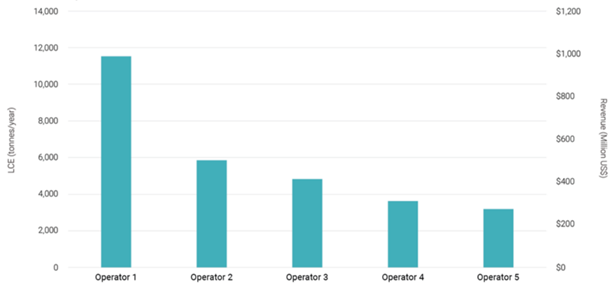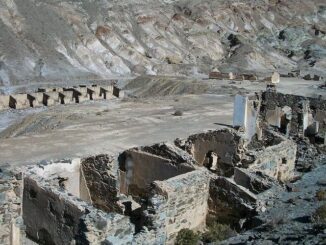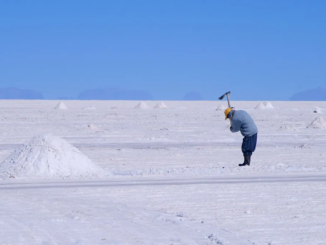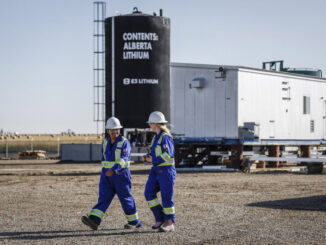
In North America, increasing demand for electric vehicles and energy storage systems is driving a need for a reliable and sustainable source of lithium. Direct lithium extraction (DLE) could help meet this demand by providing a domestic source of lithium, reducing the need for imports and improving energy security in the region. Additionally, by using a more sustainable extraction method, DLE could help to reduce the environmental impact of lithium production.
In a recent report, Enverus Intelligence Research (EIR) analysts explore the potential production of lithium from produced water in the Permian Basin.
While not yet commercially proven, DLE is a method of extracting lithium from brine without the need for large evaporative ponds or mines. This provides multiple advantages over traditional lithium production in North America, such as:
Lithium can be extracted more quickly as it does not require evaporation or the need to go through the entire mining process.
It is more environmentally sustainable than traditional methods. Without the need for mining or evaporation ponds, DLE nearly eliminates the chance to contaminate freshwater aquifers and entails a much smaller land footprint.
It does not need to clear the same legal and regulatory hurdles as new mines, which can take many years to commission.
It could be produced from oil and gas wastewater, offsetting the cost of dealing with the fluid.
It can use talent and infrastructure from the oil and gas industry, producing water from active oil and gas wells or from depleted legacy fields.
Recent changes to North American critical minerals policy incentivize local lithium production, with the Inflation Reduction Act implementing a stackable 10% tax credit on both mining and refining and the Defense Protection Act providing $1 billion per year to boost domestic mineral development. Canada has also joined the band with $3.8 billion allocated to projects in the form of infrastructure investments and tax credits.
If DLE can be proven commercial, there is an incredible opportunity for oil and gas producers to bolt on lithium processing for their wastewater, which all contains some concentration of lithium, with yearly production of lithium carbonate equivalent to more than 11,000 tons.
Want to learn more about lithium, electric vehicles or how Enverus analysts can help you navigate the energy transition? Fill out the form below to speak with an Enverus expert.
The post Permian’s Potential Multibillion Dollar Bonanza: Direct Lithium Extraction first appeared on Enverus.



